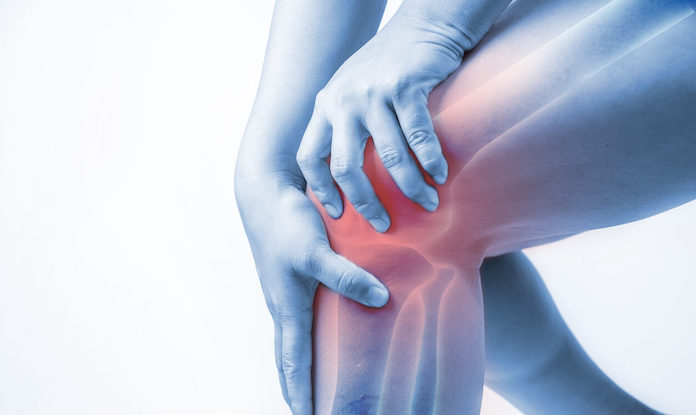This cross-sectional study involved 96 knee osteoarthritis (OA) patients, categorized based on the presence of neuropathic-like pain using the modified painDETECT questionnaire (mPDQ). Data on demographics, symptoms, and physical function were collected via questionnaires, while knee effusion/synovitis and bone marrow lesions (BMLs) were measured using MRI. Knee loading variables, such as knee adduction moment (KAM), KAM impulse, and knee flexion moment (KFM), were assessed through 3D-motion analysis.
The study found that patients with indications of neuropathic-like pain had higher KAM impulse compared to those without, along with greater pain intensity, stiffness, and worse physical function; however, there were no significant differences in KFM and KAM between groups, nor in inflammatory markers such as effusion/synovitis and BMLs. The best predictors for neuropathic-like pain were KAM impulse, Hoffa, and sex. These findings suggest that patients with knee OA with neuropathic-like pain experience higher dynamic medial loading and more severe symptoms, but similar levels of inflammation.
Reference: Dainese P, DE Mits S, Wittoek R, et al. Neuropathic-like pain in knee osteoarthritis: exploring differences in knee loading and inflammation. A cross-sectional study. Eur J Phys Rehabil Med. 2024 Feb;60(1):62-73. doi: 10.23736/S1973-9087.23.07877-2. Epub 2023 Nov 7. PMID: 37934188; PMCID: PMC10938037.






